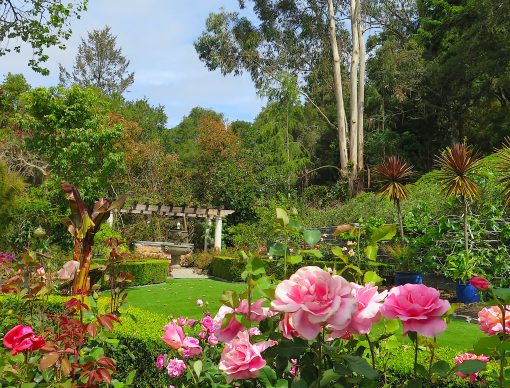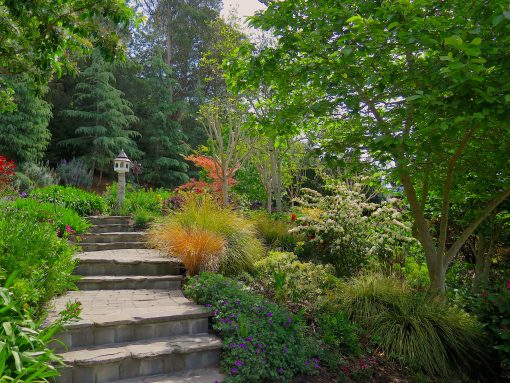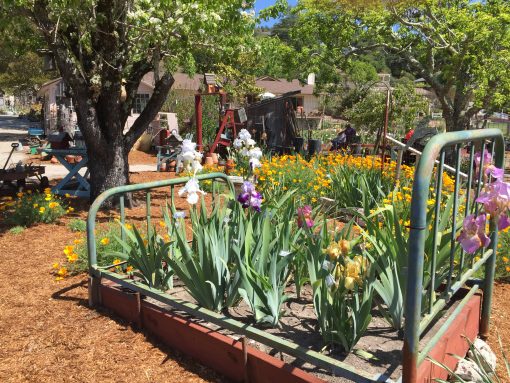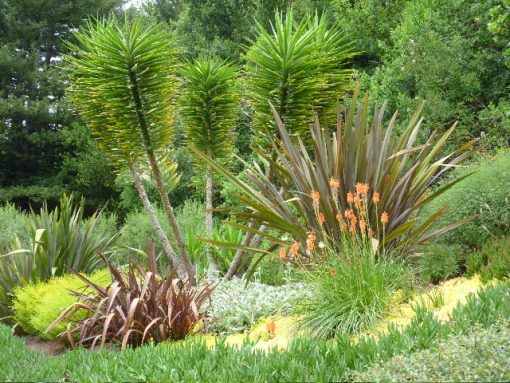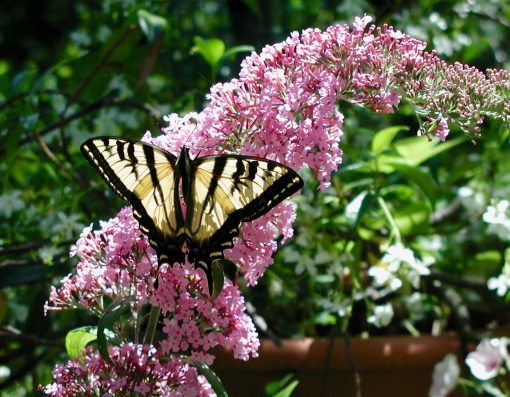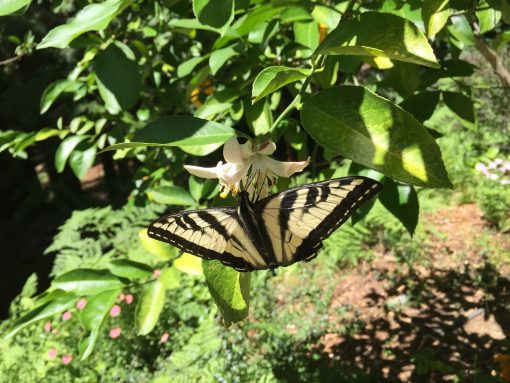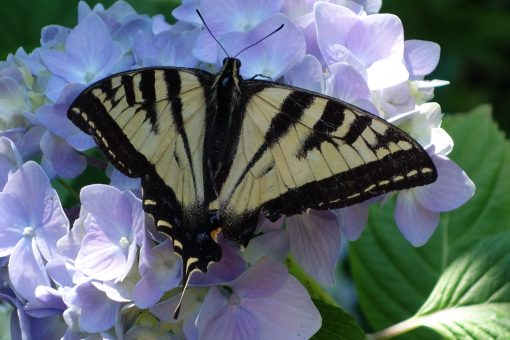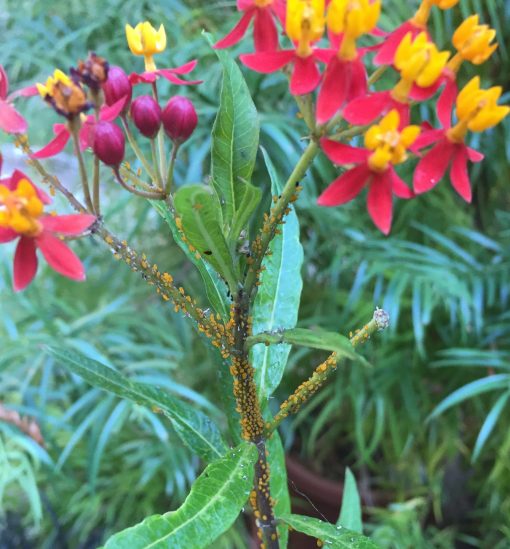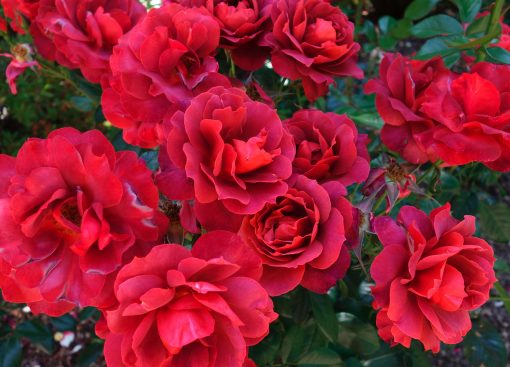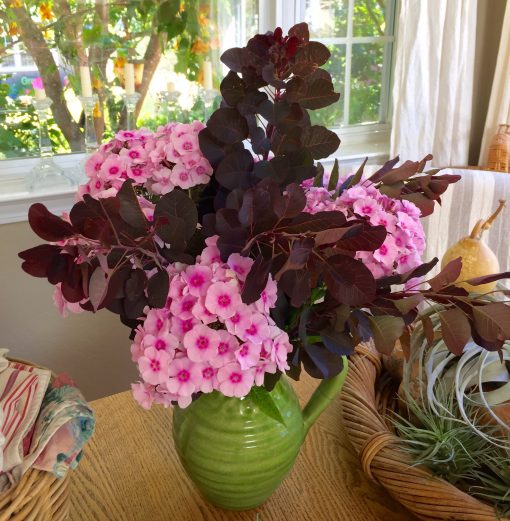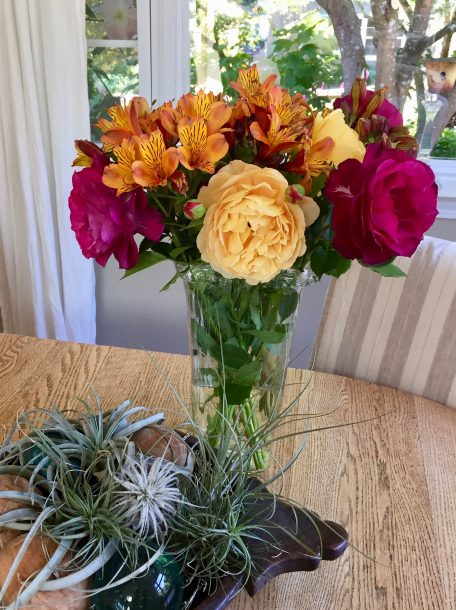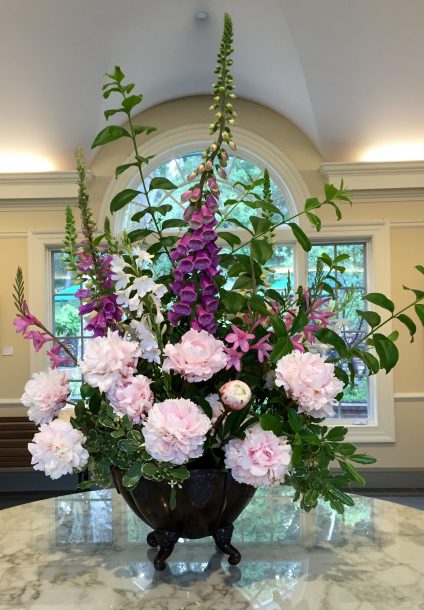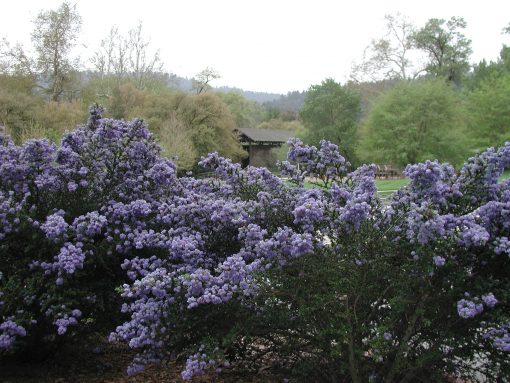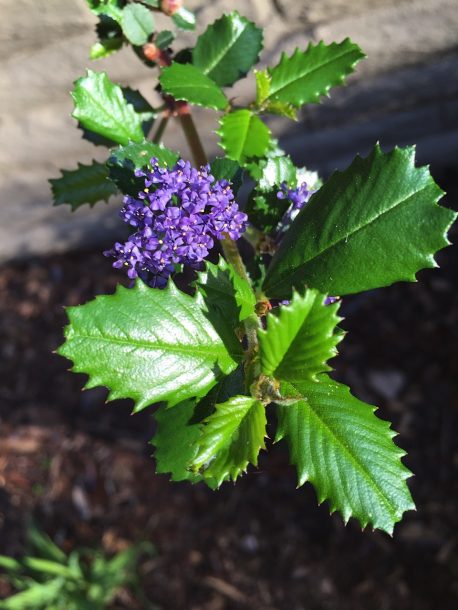With the soil warming and more daylight hours everything in the garden is growing like crazy. Some of that growth is welcome and some is too much of a good thing. Here are some things to tackle before they get out of hand.
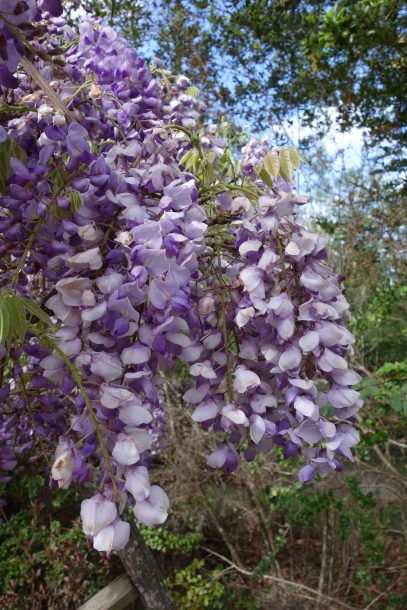
There are few vines that rival wisteria for beauty. But at this time of year, those long new vines seem to grow a foot a day. Summer pruning of wisteria is a necessary task to keep these vines under control. Cut new growth back to within 6″ of the main branch. If you want to extend the height or length of the vine, select some of the new streamer-like stems and tie them to a support in the direction you wish to train the plant.
While you have the pruners out shear back early flowering perennials to encourage another round of blooms. The season has just started and you’ll be enjoying lots more flowers in the months to come if you deadhead regularly. To keep them compact, prune shrubs like erysimum, lavender, euryops and pink breath of heaven.
Apply the second fertilizer application of the year to your citrus and fruit trees. The last one should be immediately after harvest. Apply the fertilizer to the soil around the drip line of the tree where feeder roots are located and scratch into the surface. Water in well. As with all fertilizers, make sure the trees are moist before you fertilize. Young trees in their first, second or third growing season should receive half the rate of established trees.
Pruning is a good way to spend a couple of hours in your garden. I?m not talking about trimming plants into little balls but the kind of pruning that makes for a healthier and happier plant.
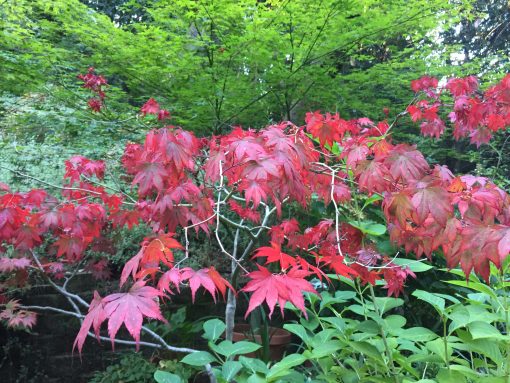
If you grow Japanese maples now is the time to remove dead branches and train your tree to look like one of those specimens you see in the magazines. Thinning cuts build your ideal tree limb structure. If yours is a young tree, though, don?t be tempted to head back long branches too soon. As these mature they give your tree that desirable horizontal branching.
This principle is important to keep in mind when you train any young ornamental tree. Lateral buds grow along the sides of a shoot and give rise to sideways growth that makes a plant bushy.
Summer pruning of fruit trees controls size by removing energy-wasting water sprouts. Summer is also a good time to remove leafy upper branches that excessively shade fruit on the lower branches. Winter pruning is meant to stimulate the tree. Summer pruning uses thinning cuts, where the branch is cut off at its point of attachment instead of part way along the branch, and these cuts do not encourage new growth but control the size of your tree making fruit harvest easier.
Summer pruning also can control pests like coddling moths, mites or aphids. Just be sure to dispose of these trimmings and don?t compost them.
If you have apricots and cherries, summer pruning only is now advised as these trees are susceptible to a branch killing disease if pruned during rainy weather. Prune stone fruits like peaches and nectarines after harvest by 50%. They grow quite rapidly. Apricots and plums need to have only 20% of their new growth pruned away.
Be sure to thin the fruit on your trees. That?s another good reason to keep them smaller so you can more easily reach the branches. The best time to do this is when the fruit is still small. Thinning fruit discourages early fruit drop and improves the quality of the remaining fruit. It helps to avoid limb damage from a heavy fruit load. Also it stimulates next year?s crop and helps to avoid biennial bearing. Left to their own devices, a fruit tree may bear heavily one year and then light or not at all the next year. Some types of fruit trees like peaches and Golden Delicious apples are likely to bear biennially if the current year?s fruit crop isn?t thinned.
While out in the garden add some more mulch to areas that are a little thin. And check the ties on your trees to make sure they aren?t too tight. Also remove the stake if the trunk is strong enough to support the tree on its own.
Most importantly, enjoy your time outdoors. If a task is too big to do at one time, break it down into smaller sessions. As they say, take time to smell the roses. And be sure to visit VCUM.org or their Facebook page to enjoy this year?s virtual garden tour and fund raiser.

